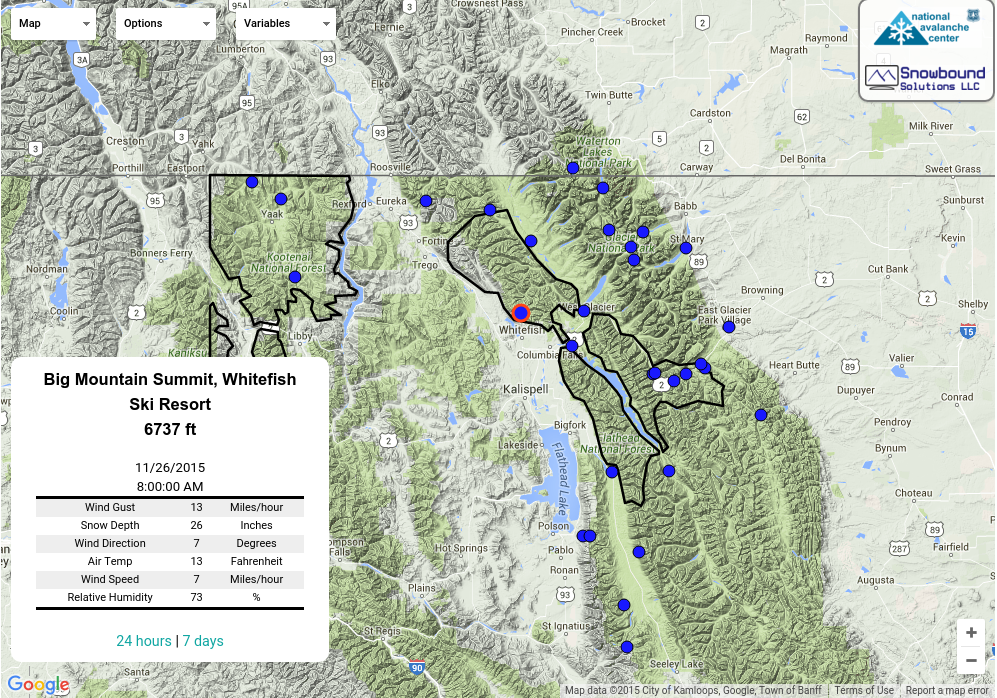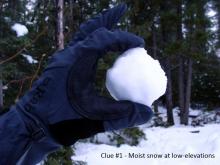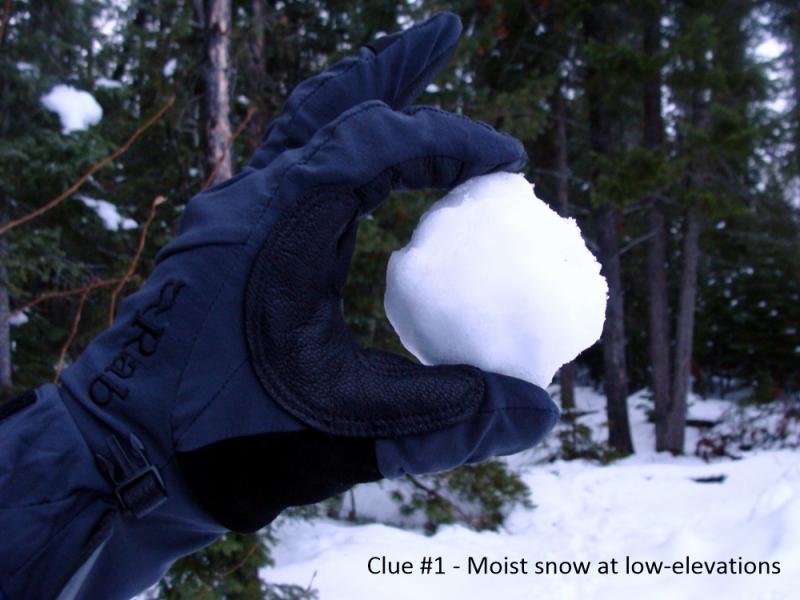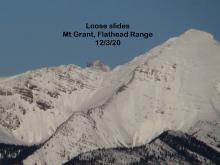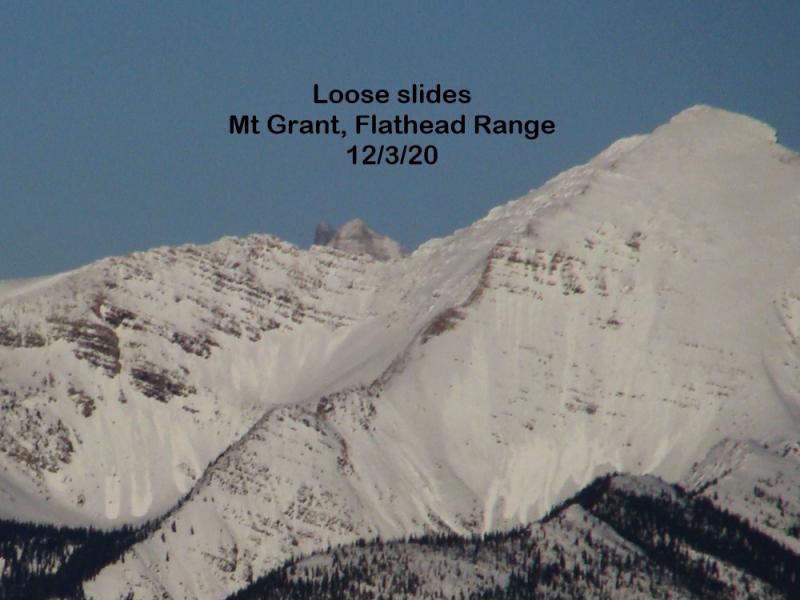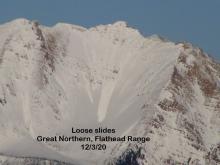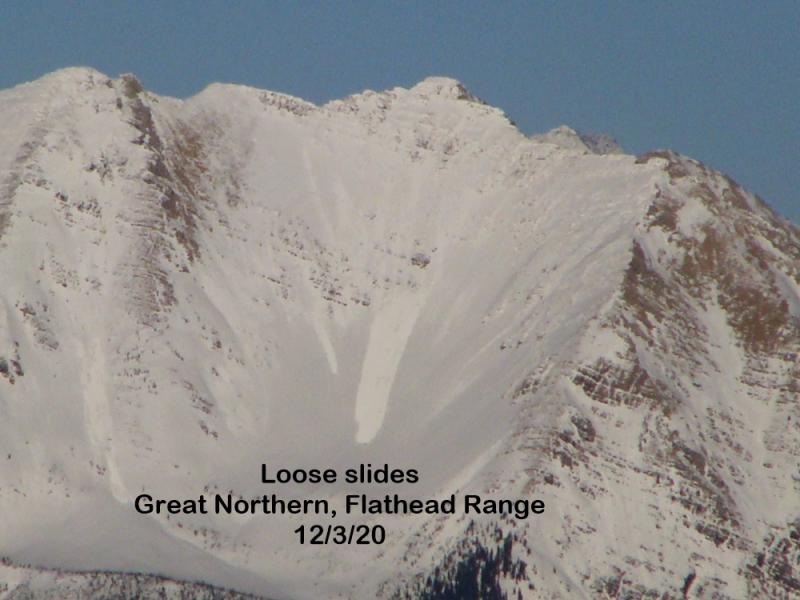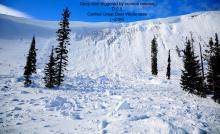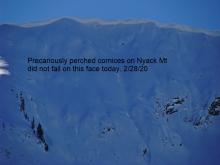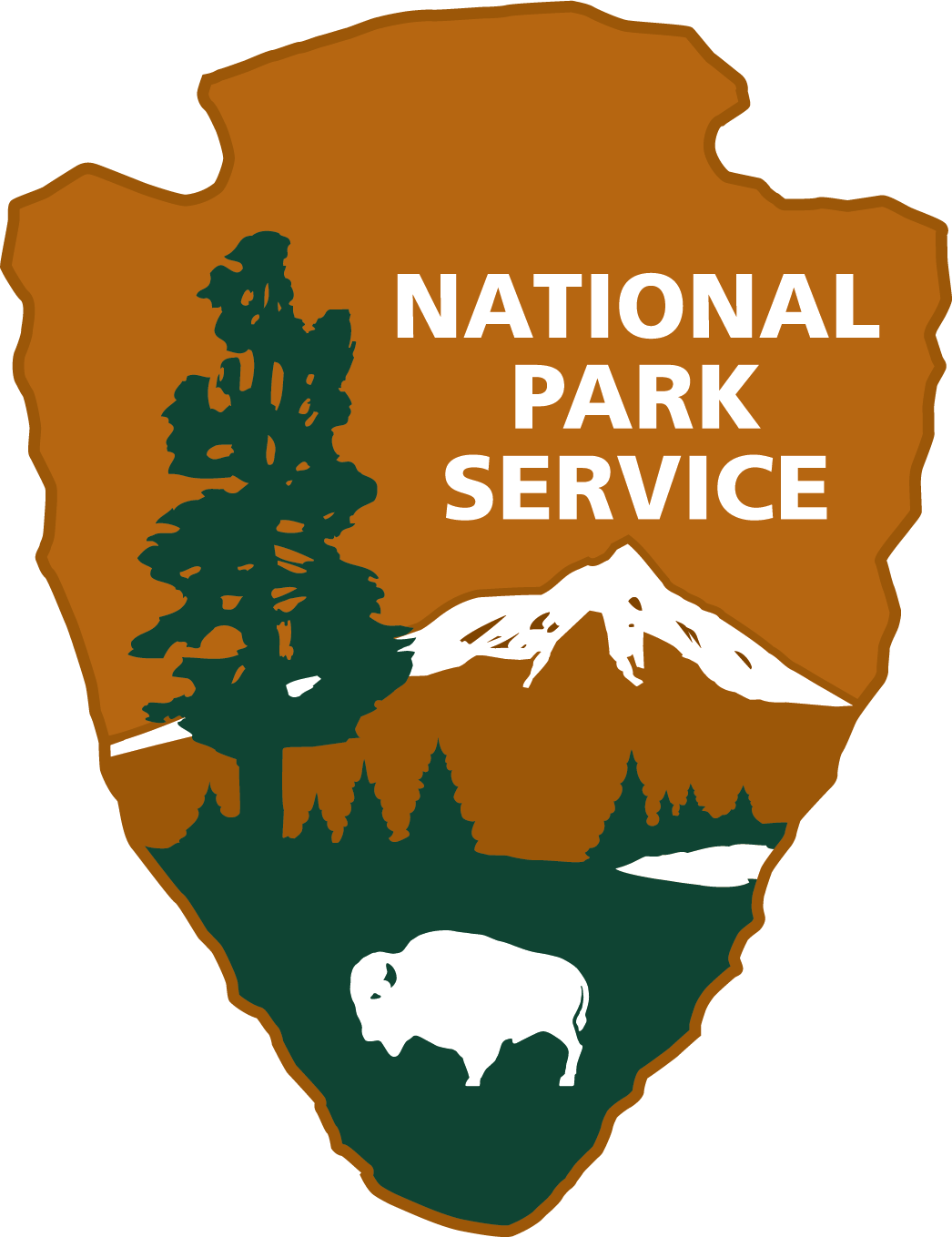| Thursday | Thursday Night | Friday | |
|---|---|---|---|
| Cloud Cover: | Warm and chance of rain | Chance of rainshowers | Rain showers |
| Temperatures: | 42 to 56 deg. F. | 26 to 34 deg. F. | 39 to 53 deg. F. |
| Wind Direction: | south | south to southwest | south |
| Wind Speed: | 7-9 with gusts to 23 mph | 7-9 with gusts to 23 mph | 8-10 with gusts to 23 mph |
| Snowfall: | 0 in. | 0 in. | 0 in. |
| Snow Line: |
Whitefish Range
Swan Range
Flathead Range and Glacier National Park
How to read the forecast
Warm temperatures with rain and snow showers today will raise the avalanche danger to MODERATE at all elevations. The warm temperatures and rain may weaken the surface snow, making it possible to trigger a loose wet avalanche. Pay attention to changing conditions. If the sun does make an appearance, expect it to increase instability.
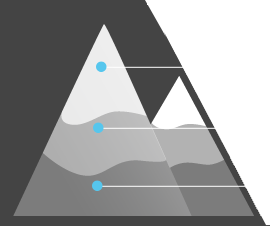
2. Moderate
?
Above 6500 ft.
2. Moderate
?
5000-6500 ft.
2. Moderate
?
3500-5000 ft.
- 1. Low
- 2. Moderate
- 3. Considerable
- 4. High
- 5. Extreme
-
Type ?
-
Aspect/Elevation ?
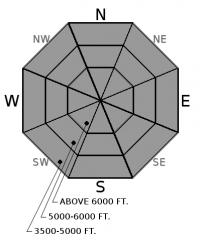
-
Likelihood ?CertainVery LikelyLikelyPossible
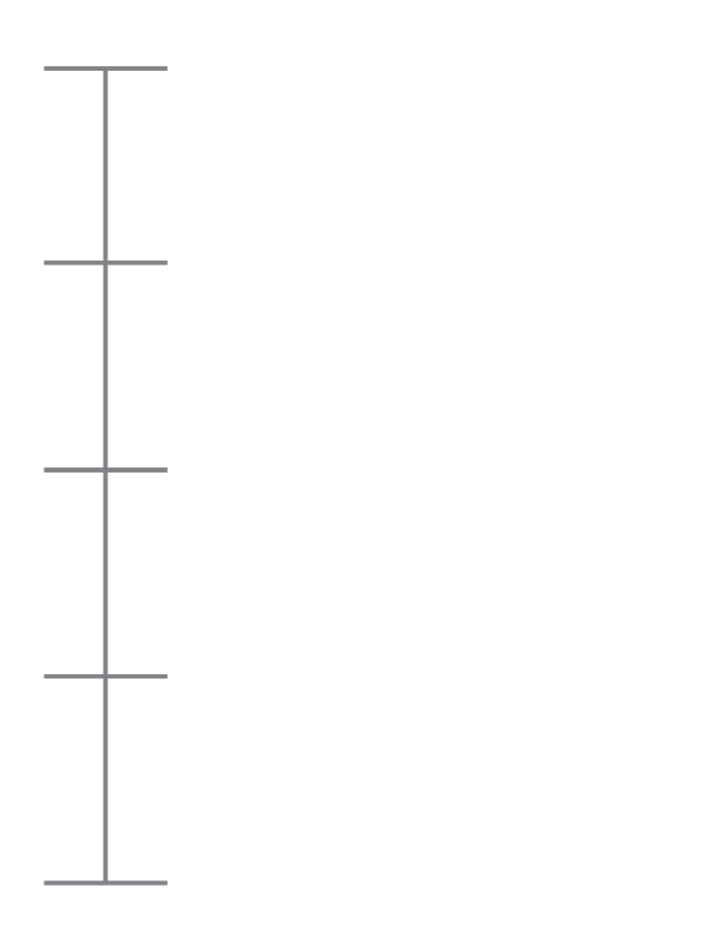 Unlikely
Unlikely -
Size ?HistoricVery LargeLargeSmall

Most weather stations are starting out the morning above freezing. The low temperature overnight at Noisy Basin was 40 degrees and snow levels for today are predicted to reach 7000 feet. The avalanche danger will increase through the day with the impacts of warm temperatures and rain. Forecasted cloud cover should minimize impacts from solar warming, but watch for changing conditions. If the sun does break through, it will quickly warm the surface snow and increase the avalanche danger. Watch for loose wet avalanches initiating on steep slopes near rocks and trees. Pay attention to how the surface snow is changing today. Snow sticking to your skis/skins and snowmobiles are signs that the snow surface is starting to become unstable. If you start seeing rollerballs and/or natural wet loose avalanche activity, move to different terrain.
-
Type ?
-
Aspect/Elevation ?
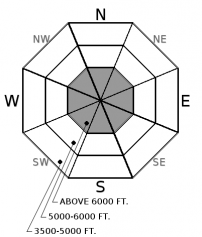
-
Likelihood ?CertainVery LikelyLikelyPossible
 Unlikely
Unlikely -
Size ?HistoricVery LargeLargeSmall

Large cornices still exist along many of the ridgelines across the advisory area. Warming temperatures and rain will weaken these features and it is best to give them a wide berth. Be aware that cornices can break farther back on the windward side of the ridge than you might expect. Also keep in mind that falling cornices can trigger avalanches on the slopes beneath them. Avoid travelling on slopes underneath cornices.
We are still getting reports of reactive wind slabs lurking up in the alpine terrain, especially on the more shaded aspects. Look for signs of wind drifted snow such as rounded pillows on leeward slopes if you're travelling above 6000 feet elevation today. Carefully evaluate any terrain where you find a cohesive slab and avoid slopes where you see the tell-tale signs of instability such as shooting cracks or recent avalanche activity.
Glide cracks have been opening up in many locations. Glide avalanches are notoriously unpredictable and it is best to avoid travelling on or beneath slopes where glide cracks are present.
The last daily avalanche advisory of the season will be Sunday, April 9.
Tuesday: FAC Staff toured the Skookaleel Ridge area in the Southern Whitefish Range. Sunshine was abundant and warming the 1 to 2 inches of new snow above the crust on solar aspects. The surface snow in shaded areas and non-solar aspects was not impacted. The crust at the surface varied considerably in strength and thickness. Stronger and thicker on slopes exposed to the sun and thinner and weaker on non-solar aspects. Skiers on Gunsight Mountain in Glacier National Park (outside the advisory area) reported 1 to 10 inches of new snow from Monday and small but sensitive wind slabs.
Monday: Skiers on Elk Mountain in southern Glacier Park found about 4 inches of new snow on top of a supportable crust at 7000 feet and noted that wind-loading was minimal. They conducted an extended column test in a snowpit at 6700 feet on a WSW aspect and did not get full propagation on any layer.
Sunday: FAC staff visited Skiumah Creek, in the Flathead Range where they noted old, large and impressive wet avalanche debris piles. The snow surface at low and mid elevations was moist and unsupportable on skis throughout the day. New snow that fell during the tour was being transported at all elevations by strong wind gusts.
See below for all observations this season.
Wednesday was warm and mostly cloudy, but sunshine did make an appearance in the afternoon. As of 6:00 am this morning, mountain temperatures range from 34 to 40º F with most stations not reporting an overnight freeze. Winds are 4-12 mph gusting to 22 mph out of the south to southwest. Today, expect a warm spring day with mostly cloudy skies and some rain showers to 7000 feet. Temperatures may climb into the low 50s °F below 5000 feet elevation and into the mid 40s °F above this. Winds should be light to moderate mostly from the south/southwest.
| 0600 temperature: | 34-40 deg. F. |
| Max. temperature in the last 24 hours: | 41-46 deg. F. |
| Average wind direction during the last 24 hours: | Southwest |
| Average wind speed during the last 24 hours: | 2-20 mph |
| Maximum wind gust in the last 24 hours: | 6-33 mph |
| New snowfall in the last 24 hours: | 0 inches |
| Total snow depth: | 84-124 inches |
This advisory applies only to backcountry areas outside established ski area boundaries. This advisory describes general avalanche conditions and local variations always occur. This advisory expires at midnight on the posted day unless otherwise noted. The information in this advisory is provided by the USDA Forest Service who is solely responsible for its content.

